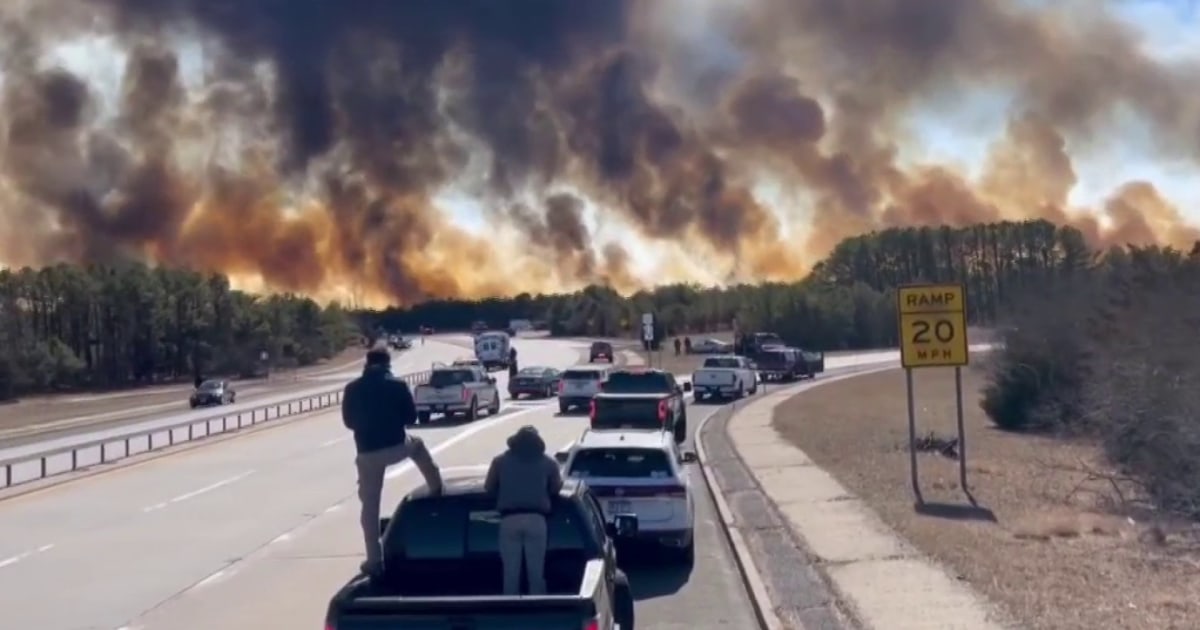Unraveling the Mystery: What Sparked the Recent Brush Fires in New York?
As New York faces a series of unexpected brush fires, the quest to uncover their origins has become a pressing concern for both investigators and communities alike. These fires, which have emerged in various regions of the state, raise critical questions about environmental factors, human involvement, and the broader implications on public safety and ecological health. Understanding what sparked these recent brush fires in New York is essential not only to prevent future occurrences but also to foster a deeper appreciation for the balance of nature in urban and rural settings.
The Timeline of Events
The recent brush fires in New York began to gain attention in early spring 2023, a time when dry conditions and fluctuating temperatures can create a perfect storm for wildfires. Over the course of a few weeks, several incidents were reported across different counties, including Westchester, Putnam, and areas adjacent to the Adirondack Park. Firefighters and emergency responders have worked tirelessly to contain these blazes, which have threatened properties and led to evacuations in some areas.
- Early Reports: The first major incident was reported in mid-April in Westchester County, where a brush fire spread rapidly due to high winds.
- Increased Frequency: Following this, additional fires were reported, with investigators noting a pattern that suggested either a series of human-caused incidents or a significant environmental trigger.
- Community Response: Local communities rallied together to support firefighting efforts, showcasing a spirit of resilience and collaboration.
Investigating the Causes
To unravel the mystery of what sparked the recent brush fires in New York, investigators are considering multiple angles. Here are some of the primary factors being examined:
Environmental Conditions
One of the most significant contributors to the recent brush fires is the prevailing weather patterns. Record temperatures and low humidity levels create dry conditions that are ripe for wildfires. Additionally, the winter months have seen less snowfall than usual, contributing to drier landscapes. Here are some environmental factors influencing the fire risks:
- Temperature: Unseasonably warm temperatures can cause underbrush to dry out more quickly, making it easier for fires to ignite and spread.
- Wind Patterns: Strong winds can exacerbate fire situations by carrying embers and flames to new areas.
- Humidity Levels: Low humidity levels can lead to rapid evaporation of moisture from vegetation, further increasing fire risks.
Human Involvement
While natural factors play a significant role, human actions also cannot be overlooked. Investigators are exploring the possibility of human involvement in these brush fires. Potential causes include:
- Campfires: Improperly extinguished campfires in wooded areas can quickly become a source of ignition.
- Discarded Cigarettes: Carelessly discarded cigarettes in dry vegetation can spark a fire that spreads rapidly.
- Arson: There is always the possibility of intentional acts, and arson investigations are ongoing in several areas affected by the fires.
Impact on Communities and Ecosystems
The implications of these brush fires extend beyond immediate property damage. The ecological impact can be significant, particularly in regions where wildlife habitats are threatened. Similarly, communities face challenges in terms of air quality and public safety. Key impacts include:
- Air Quality: Smoke and particulate matter from brush fires can lead to poor air quality, affecting the health of residents, especially those with respiratory conditions.
- Property Damage: Homes and businesses are at risk, leading to potential economic downturns in affected areas.
- Wildlife Displacement: Fires can lead to the loss of habitat for various species, contributing to long-term ecological consequences.
Preventative Measures and Future Outlook
As New York grapples with the aftermath of these brush fires, local and state authorities are implementing measures aimed at preventing future incidents. Here are some of the strategies being adopted:
- Public Education: Campaigns to educate the public on fire safety, including proper disposal of cigarettes and campfire management, are being ramped up.
- Controlled Burns: Forest management practices, including controlled burns, are being considered to reduce underbrush and prevent larger wildfires.
- Community Involvement: Encouraging local communities to engage in fire prevention efforts, such as creating defensible spaces around homes, is crucial.
Conclusion: A Call to Action
Unraveling the mystery of what sparked the recent brush fires in New York is essential not only for understanding the immediate causes but also for fostering a culture of awareness and prevention. As we face the realities of climate change and its impacts on our environment, it becomes increasingly important for individuals, communities, and policymakers to work together. By taking proactive steps and supporting fire prevention initiatives, we can protect both our communities and the cherished landscapes that make New York a unique and vibrant state.
In the face of adversity, the resilience of New Yorkers shines through. With ongoing efforts to investigate and prevent future brush fires, there remains hope that we can learn from these experiences and create a safer, more sustainable environment for all.
See more Your Daily Weather



